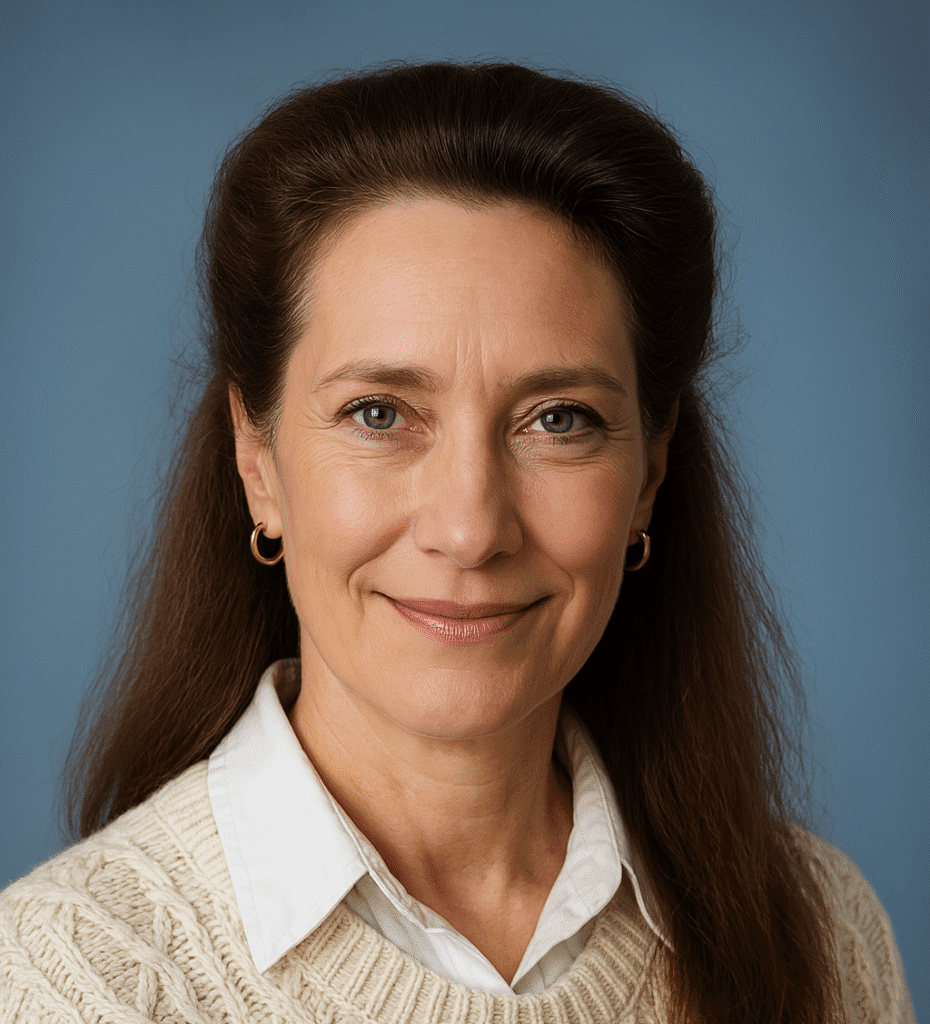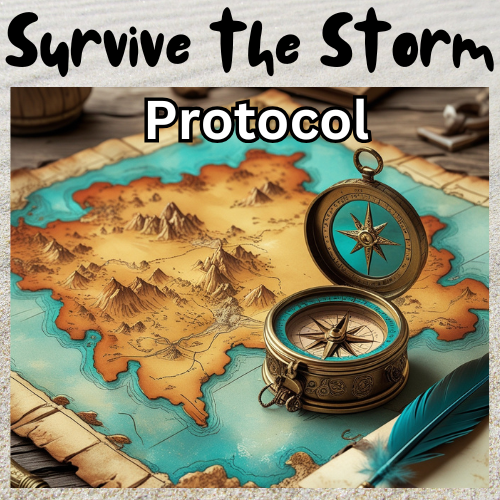on the Camino de Santiago de Compostela
So, I’m going to have to spill the beans—I’m absolutely head over heels in love with writing non-fiction. I devoured self-help books in my tender youth, and now I write them. There’s just something magical about crafting words that can inspire, motivate, and maybe even nudge someone towards a brighter path. I get to dive deep into topics that matter to me, unravel complex ideas, and package them into bite-sized nuggets (okay, maybe not that bite-sized) of wisdom. It’s my way of making a difference, one blog post at a time.
But here’s the plot twist – because there is always a plot twist – you won’t only find me in the self-help aisle. Oh no, I’ve got a sneaky little affair going on with fiction too! As a member of the Wordweavers writing group, here in the heart of Gascony in southwest France, I get to dabble in worlds where anything is possible. From spinning tales of adventure to weaving intricate webs of mystery, fiction lets me stretch my creative muscles and explore the “what ifs” of life. It’s like having a secret superpower—by day, I’m your friendly neighbourhood self-help author, and by night, I’m off adventuring in realms undiscovered and as yet undescribed.
This love for both worlds—the real and the imagined—is what sparked the idea for my Camino de Santiago Walking and Writing retreats. I mean, what better way to fuel the creative fire than by getting out into nature, right? And walking the Camino de Santiago…here’s something about the rhythm of your feet hitting the path, the rustle of leaves, and the fresh air that just gets the words flowing. Plus, it’s a chance to connect with fellow wordsmiths, share stories, and maybe even find inspiration in the great outdoors. So, if you’re ready to lace up your boots and let your imagination run wild, come join me on a walking and writing retreat—who knows where the path will lead us!
I must admit that even my attempts at fiction writing often contain a lesson or two, I just can’t help myself. For example, the story I wrote for our next Wordweavers meeting below. The prompt is “green” and it had to be a maximum of 1000 words:
Green Revelation
It started with a single brushstroke.
Ezra Solano had spent a lifetime searching for something he couldn’t name. A painter of moderate renown, he was respected but not celebrated, known for moody landscapes and dreamlike abstracts that hinted at unspoken emotions. He had always believed colour was more than just pigment—it was feeling, memory, and vibration. And on the night Verdant Green no 7 was born, it was as if the universe whispered a secret directly into his soul.
It had been an accident. Ezra had been layering colours in his small Brooklyn studio, mixing cadmium yellow, viridian, and a touch of ultramarine in a fit of frustration. The result was something entirely new. It was green, yes, but unlike any green that had ever existed. It was deep yet luminous, rich yet weightless. It seemed to shift under the light, like the shimmer of a dragonfly’s wing or the first hint of dawn through dense forest leaves. He felt his heart lurch just looking at it. A warmth spread through his chest, unfurling into something close to a revelation. His breath hitched. His pulse steadied.
It was a revelation.
Ezra stared at the colour, then pressed his brush against the canvas, painting a single, deliberate stroke. The sensation intensified, an overwhelming flood of serenity and understanding. It was as if he had been carrying a lifetime of silent burdens and, in a moment, set them all down.
Word spread quickly. At his next gallery showing, a small collection of pieces featuring Verdant Green no 7 was unveiled. The results were immediate and dramatic. People stopped mid-step, transfixed. A woman who had been sobbing on her phone put it away and simply stared, a look of quiet wonder on her face. A man with clenched fists and an angry gait relaxed as if his tension had been unwound like a coil. Another visitor collapsed into a chair, his breath shuddering, whispering, “I feel… lighter.”
Critics were at a loss. Art historians scrambled for comparisons. Neuroscientists debated whether it was an optical illusion or some unknown psychological phenomenon. But for those who experienced it, there was no question—the colour changed something inside them.
Collectors clamoured for his work. Museums pleaded for paintings. But it wasn’t enough. People wanted more. Scientists requested samples to analyze, but no matter how many attempts were made to replicate it, something was always off. Only Ezra could create it, and no one understood why.
Then, the green began to spread.
It appeared in murals, clothing, and even digital renderings. And wherever it was seen, the results were the same. The anxious found calm. The broken-hearted felt relief. The cruel softened. Arguments dissolved. Strangers embraced. Cities reported lower crime rates. Stock markets steadied. Governments, long locked in bitter disputes, found themselves inexplicably willing to negotiate.
The world changed.
There were, of course, sceptics. Pharmaceutical companies, their profits threatened by a colour that soothed like a cure-all, launched investigations. Some claimed it was mass hysteria. Others called it a conspiracy. Religious leaders debated whether it was divine or dangerous. But the undeniable truth remained: the colour had power. And it was reshaping humanity.
Ezra, meanwhile, became something of a prophet. He hadn’t sought it, hadn’t wanted it, but the world had crowned him anyway. People travelled from all over the globe to see his work, to witness the colour in its truest form. With each painting, his legend grew.
And then he stopped painting.
At first, no one noticed. The existing works continued to circulate, their impact still potent. But the demand for new pieces became deafening. And Ezra, the man who had given the world something it never knew it needed, had disappeared.
They found him months later in a remote monastery in Bhutan, living simply among the monks. When asked why he had left, his answer was quiet but firm.
“The world needed a reminder,” he said. “Now it must learn to find its own way.”
The world reeled. How could he walk away from something so powerful? From something that had changed lives? But no plea, no price, could sway him. He would not paint another stroke.
At first, people panicked. Had they become too dependent on Verdant Green no 7? What would happen without new works? But slowly, something remarkable occurred. People who had never held a brush began to paint. Others experimented with colours, searching for their own hidden hues. They did not find Ezra’s green, but they found something else—something personal, something meaningful. Art flourished in ways it never had before. Creativity surged. Humanity, once reliant on a single man’s gift, discovered its own.
And though Ezra’s green remained rare, its greatest lesson endured: the power to transform was never in the colour itself. It had always been in the people who saw it.
There’s something about walking that shakes the cobwebs out of a writer’s brain—especially when that walk happens to be through the rolling hills and medieval villages of Gascony, along the Camino de Santiago. It’s as if each footstep knocks loose a fresh idea, each breeze whispers a perfectly-polished phrase, and every impossibly charming stone farmhouse nudges the imagination wide awake. Unlike sitting at a desk, staring at a blinking cursor and questioning all your life choices, walking sets the mind free. The rhythm of your steps untangles plot knots, the dialogue flows as easily as the streams you pass, and before you know it, that stubborn essay, poem, or novel you were struggling with suddenly sorts itself out.
Gascony, in particular, is a writer’s dreamscape. The landscapes are poetry, the history is plot fodder, and the silence—broken only by birdsong, the occasional church bell or a passing tractor—offers the rarest luxury of all: time to think. Here, you’re not just strolling through the French countryside; you’re time-traveling through centuries with pilgrims, poets, sinners and dreamers who have walked this very path, seeking clarity (or forgiveness.) And let’s not forget the rewards: a comfortable room in a rustic farmhouse at the end of the day, a glass of local wine and a scrumptious home-made meal, and a notebook full of musings that is filling slowly but steadily. It’s the ultimate writer’s escape—one that just so happens to come with breathtaking views and an existential breakthrough or two.
A writing retreat and a writing workshop may sound similar, but they offer very different experiences for writers.
A writing retreat is all about time, space, and inspiration. It’s a chance to step away from daily distractions, immerse yourself in a peaceful environment, and allow your creativity to flow naturally. There are usually no structured lessons, critique sessions, or mandatory writing exercises. Instead, you get the freedom to write (or not write) at your own pace, reflect, and be inspired by your surroundings. Many writing retreats take place in beautiful, quiet locations—like the Camino de Santiago in Gascony—where the landscape itself encourages deep thinking and storytelling. Some retreats may offer optional prompts, discussions, or one-on-one guidance, but the focus is on personal creative exploration rather than structured learning.
A writing workshop, on the other hand, is a more structured, educational experience. It typically involves group sessions, writing exercises, discussions, and feedback from both instructors and peers. The goal is often to improve specific writing skills, refine a project, or get constructive critiques. Workshops can be intensive and interactive, making them great for writers who want hands-on learning and immediate feedback.
In short, a retreat gives you the space to create, while a workshop gives you the tools to improve. If you’re looking for quiet inspiration and the freedom to write on your own terms, a retreat is ideal. If you want direct instruction and feedback, a workshop might be a better fit.
My Walking and Writing Retreats are not writing workshops. There are no assignments, no deadlines, no pressure to produce. Instead, this retreat is about giving yourself the time and freedom to walk, think, to be inspired…and to write, to your heart’s content, without interruptions. Journaling prompts are available, and discussions about your progress, but no lessons in the art of writing. As you move through the landscape, your mind begins to wander in a most productive way – farewell forever, writing block – exploring ideas, piecing together memories, and reconnecting with your own voice. Whether you’re a writer, a dreamer, or simply someone who wants to process life’s transitions, the Camino has a way of providing you with exactly what you need.
Having written and self-published 6 books, I am fairly familiar with the pitfalls of the process and I am happy to share that with you, if you are interested.
“I came to this walking and writing retreat needing some quiet time to think, suffering from severe writer’s block, hoping against hope that I might find inspiration to start writing again, or even just scribble a few notes in my notebook. What I got was something far more enriching. Walking the Camino trail through Gascony, with its rolling hills and ancient villages, unlocked a creative flow I hadn’t felt in years. There was no pressure to write—just time to walk, breathe, and let the words come when they were willing.
Each gentle walk seemed to spark a story idea or bring insight into something I’d been struggling to express. Even when I wasn’t writing, I was absorbing—soaking in the atmosphere, the history, the simple joy of being there. By the end of the retreat, I had filled an entire notebook, but more importantly, I left with a renewed sense of creativity. If you’re a writer (or even just someone who needs to think), this experience is a gift you give yourself. I’ll be back.“
— Emily R., budding novelist and Camino-inspired storyteller

Author Bio: Dr Margaretha Montagu – described as a “game changer”, “gifted healer”, “guiding light” and “life-enriching author” – is an experienced medical doctor, a certified NLP practitioner, a medical hypnotherapist, an equine-assisted psychotherapist (EAGALAcertified) and a transformational retreat leader who guides her clients through life transitions – virtually, or with the assistance of her Friesian and Falabella horses, at their home in the southwest of France.
In a world that feels increasingly unstable — politically, economically, emotionally — what will you do when the rug is pulled out from under you? That’s why I created Survive the Storm — a 7-part online course designed to be a lifeline during a life quake. This is your personal survival toolkit for uncertain times — lovingly crafted and packed with practical tools, emotional support, and soul-nourishing insights to help you stay grounded, resilient, and resourceful when everything around you feels like it’s falling apart. Enrol in How to Survive the Storm Protocol, with or without additional mentoring.
















